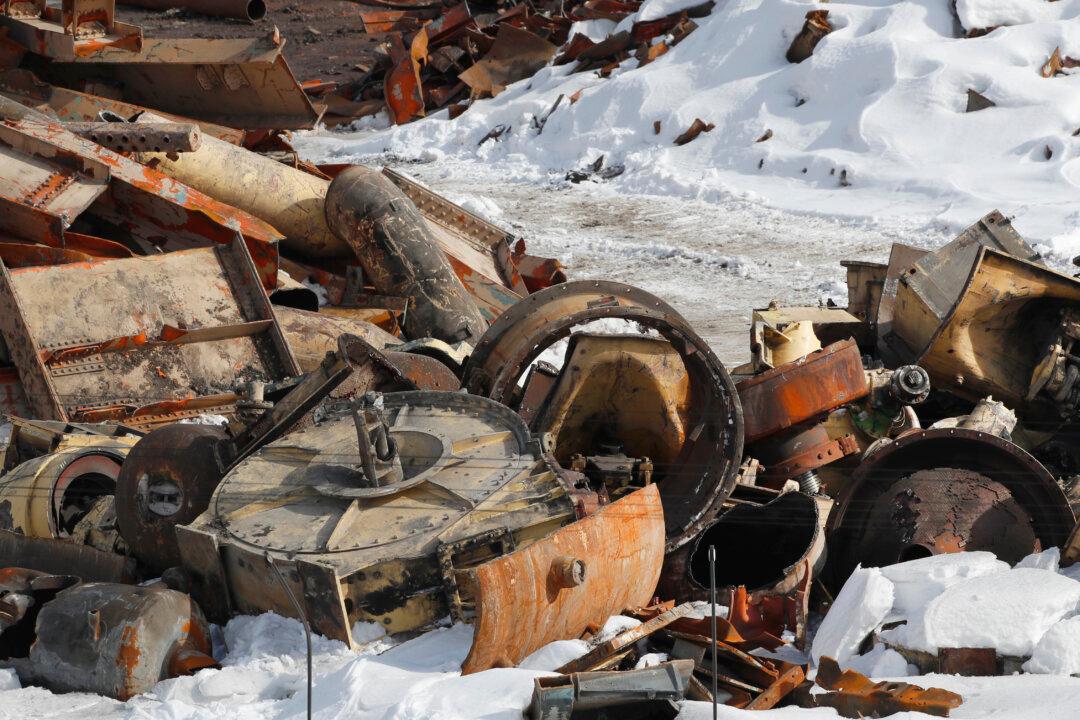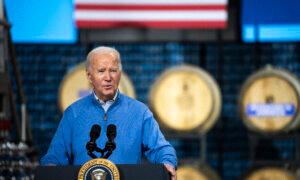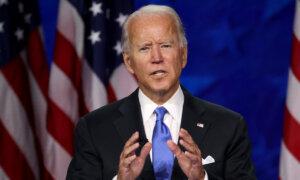U.S. Steel, the world’s first billion-dollar company, is being sold for scrap. And Washington made it happen.
Ironically, those ships went off to fight Japan, whose Nippon Steel is now buying the government-ravaged carcass of U.S. Steel 80 years later.
But the problem is much deeper than a single American manufacturer. For decades, blue-collar jobs have been disappearing across America as cheaper goods flooded in from around the world.
At first glance, the inability of American manufacturing to compete internationally makes no sense: The American worker has three times as much capital at his fingertips as his Chinese counterpart.
Imagine a foreign worker in a manufacturing plant who has to drill a hole in a steel sheet. Lacking power tools, he takes a hand drill and creates the hole in a minute or so. But he can’t do that all day; after an hour, his arms are exhausted, and his pace slows down. He becomes even less productive as the hours go by.
Conversely, the American worker stacks a dozen steel sheets on his electric drill press, flips a switch, and creates 12 perfect holes. At the end of the day, his output exceeds his unskilled counterpart by an order of magnitude, and the quality is superior.
What canceled out the incredible advantage of capital and put American manufacturers at such a disadvantage to where they cannot compete? In a word, regulation.
With “green” energy mandates, diversity-driven quotas, and anti-competitive rules lobbied by large unions and corporations alike to keep out both non-union labor and small businesses, American manufacturing has been crippled.
A recent study by the National Association of Manufacturers estimated that federal regulations alone cost large manufacturers with at least 100 employees an average of $24,800 per worker annually. That’s roughly half the salary of the typical blue-collar employee. In other words, these onerous regulations increase the cost of hiring American workers by 50 percent.
It’s even worse for small businesses with less than 50 employees, where regulation costs a staggering $50,100 per worker annually. In that case, the employer’s labor cost is now roughly doubled.
In sum, Washington priced out the American worker.
Regulations have more than offset the American worker’s incredible head start in capital and productivity. These costly rules make running a factory in America a losing proposition. Often, the only way to be successful in the face of such regulation is to get in on the lobbyist heist and grab some taxpayer money.
Indeed, one of the very first manufacturing regulations, the Meat Inspection Act of 1906, was specifically lobbied by large meat packers to cartelize the industry and shut out mom-and-pop butchers. Such moves by American manufacturers provide short-term gains to market share, but long-term collapses.
After all, if a regulation increases costs at small firms by 25 percent but only 5 percent at a large firm, the small firms go out of business and the large firm captures the whole market.
The problem is then a foreign rival appears. Lacking the same regulatory burdens, the foreign company just undercuts the domestic manufacturer by the 5 percent cost of the regulation, and the stroll toward oblivion becomes a sprint.
Before today’s bloated regulatory state, American manufacturers were frequently cutting costs to compete with both each other and foreign rivals, but they still made a profit because there was a level playing field.
Kerosene got cheaper every decade Standard Oil existed. Henry Ford repeatedly cut prices for his Model T. Baldwin Locomotive Works continuously evolved better engine designs but still managed to lower costs. And J.P. Morgan was relentless in improving efficiency inside U.S. Steel to drive down the prices of final products.
The loss of American manufacturing is ultimately a self-inflicted wound and it won’t heal until the regulatory knife is taken out of its back. The problem is not overseas, but in Washington.








